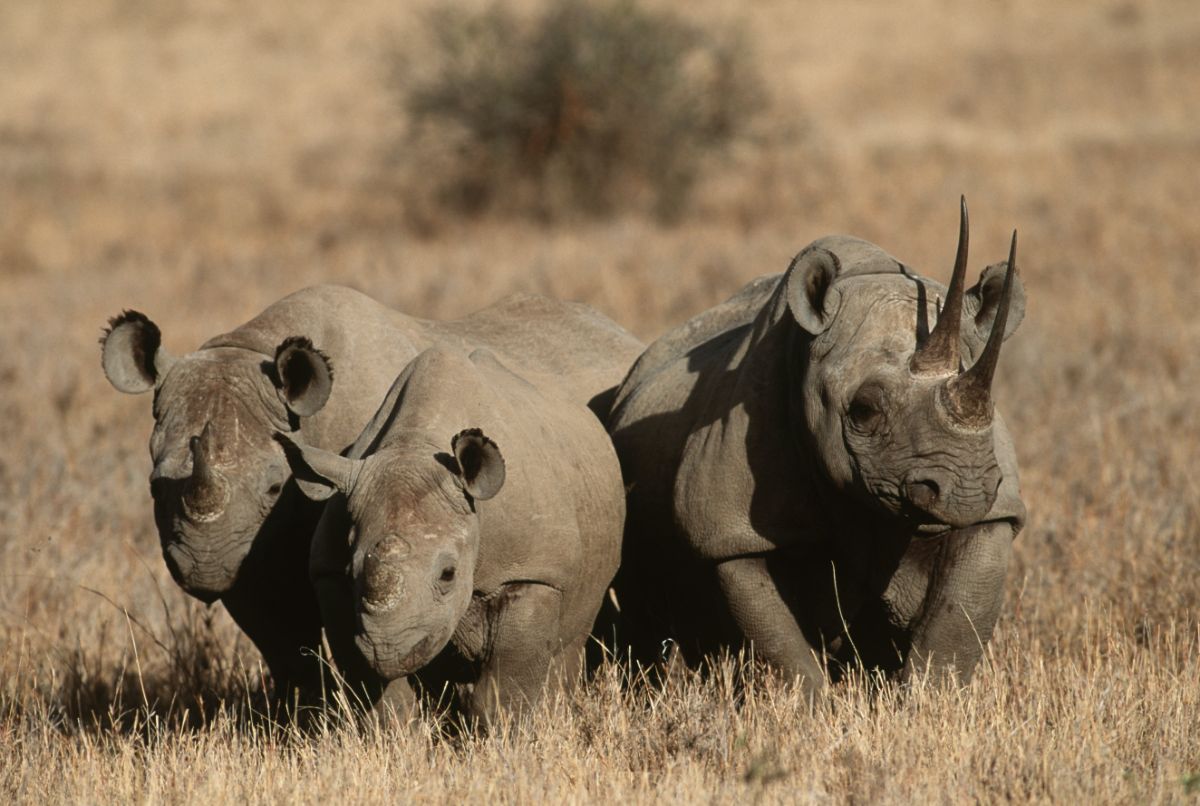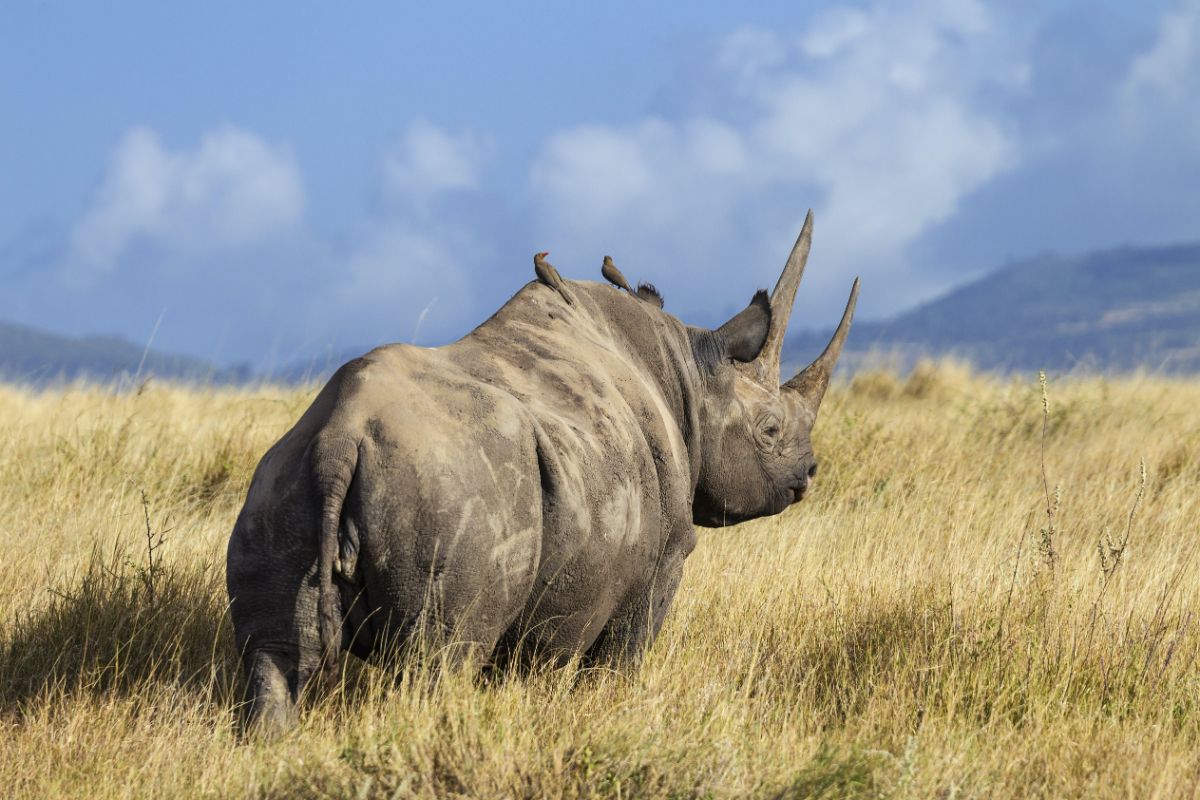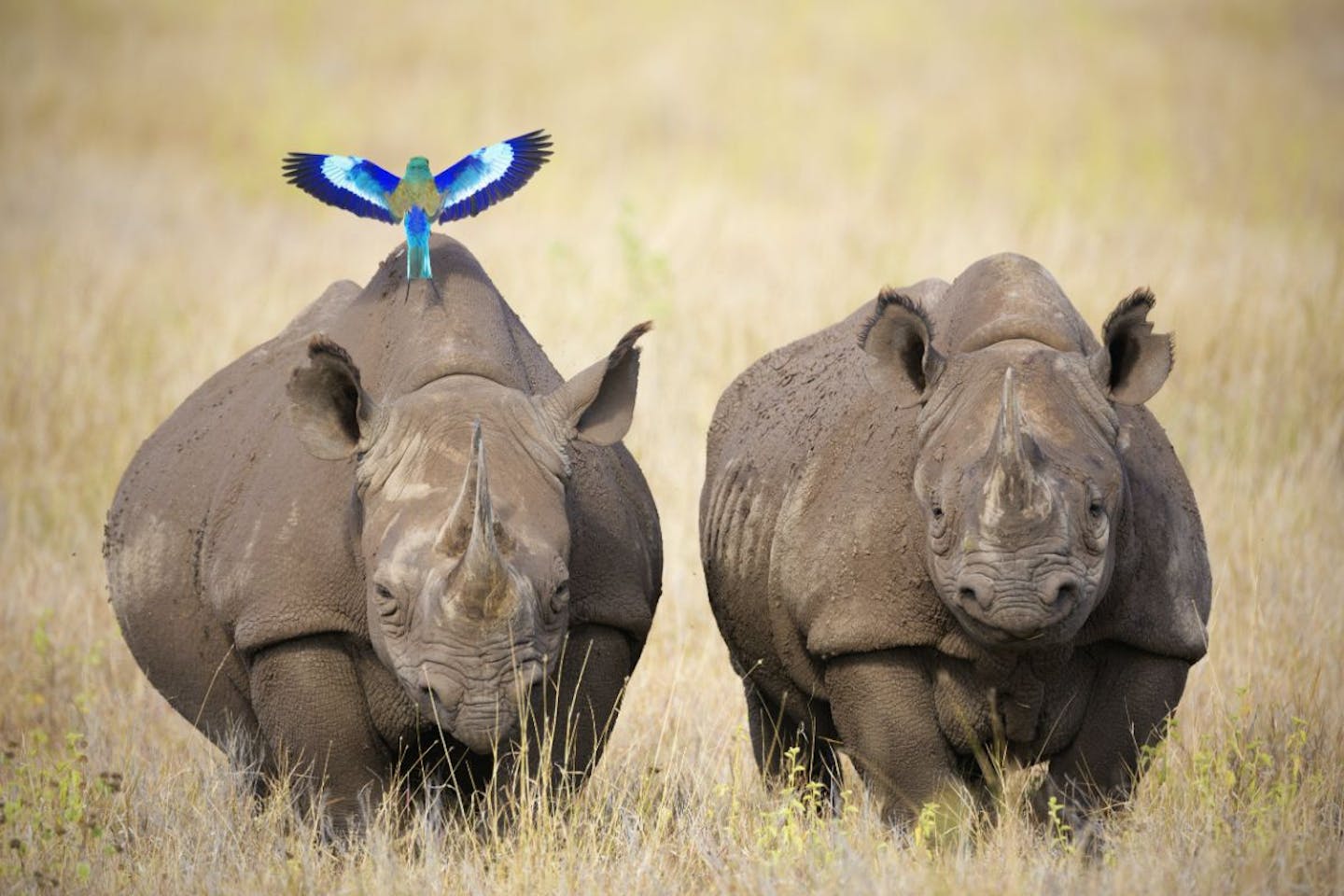African black rhino populations are on the rise due to conservation efforts
The number of African black rhinos (Diceros bicornis) in the wild has grown by several hundred in the past five years, marking a remarkable triumph for a species that once teetered on the brink of extinction.
Currently, the population stands at 6,487, a count taken in September of 2023 that is a substantial increase from the estimated 5,630 in 2018. Conservationists see this steady climb as a symbol of hope that efforts to save the species are paying off.
Conservation strategies: A symphony of efforts
The road to this success has been paved with innovative conservation efforts. One notable approach involves relocating individual black rhinos from established groups to new locations, even those that historically housed rhinos but no longer do. This bold measure, though risky due to the number of animals involved and the considerable distances covered, has proven effective.
Additionally, conservationists have expanded the species' range, ensured viable breeding populations, and bolstered protection through more robust law enforcement measures.
These collective endeavors have contributed to the overall increase and seen improvements in the numbers of all three subspecies of black rhinos: the Southern Central black rhino (Diceros bicornis minor), Eastern black rhino (Diceros bicornis michaeli), and the South Western black rhino (Diceros bicornis bicornis). The fourth subspecies, the Western black rhino (Diceros bicornis longipes), was declared extinct in 2011.

A group of eastern black rhinos. Image Credit: Courtesy of Wildscreen Exchange.
A cautionary note amidst celebration
As Dr. Michael Knight, Chair of the IUCN African Rhino Specialist Group (AfRSG), notably puts it, “With this good news, we can take a sigh of relief for the first time in a decade. However, it is imperative to further consolidate and build upon this positive development and not drop our guard.”
Despite the conservation success, poaching remains a viable threat for black rhinos. South Africa, which hosts the largest population, continues to grapple with alarming losses to poaching. In 2022, 448 rhinos were illegally killed, slightly lower than the 451 recorded in 2021.
Namibia, too, faces its own challenges, detecting an increase in poached rhinos from 47 in the previous year to 93 in 2022. In contrast, Kenya presents a more encouraging scenario, with official figures revealing a significant decline in rhino poaching, dropping from six incidents in the previous year to just one in 2022.
The importance of black rhinos and the tourists they attract
A thriving and growing wild African black rhino population is crucial for a flourishing African ecosystem. Black rhinos and other essential grazers consume large amounts of vegetation, helping balance the landscape.
These populations also contribute to the livelihoods and well-being of local communities, attracting tourists from around the world. When done properly, wildlife tourism can also be a significant source of revenue for conservation, educating people on the importance of species while also funding much-needed research and protection measures.
It also acts as a safeguard itself.
“These animals are not just protected by rangers; they’re also protected by tourist presence,” says Tim Davenport, who directs species conservation programs for Africa at the Wildlife Conservation Society. “If you’re a poacher, you’re not going to go to a place where there are lots of tourists. You’re going to go to a place where there are very few of them.”

The health of the African savannah and grassland ecosystem depends on essential grazers like black rhinos. Image Credit: Courtesy of Wildscreen Exchange.
A biodiversity loss and climate solution in one
The rise in African black rhino numbers is not just a triumph for conservationists but a win in the battle to preserve biodiversity and curb climate change. Protecting these magnificent creatures can help restore much of the ecosystem in which they live. Healthy savannahs and grasslands store carbon underground and, on top, are home to a variety of life.
This success story of the black rhinos serves as a testament that concerted conservation efforts work and can be scaled and replicated for all of Earth’s species, laying the groundwork for a sustainable and resilient future.
Explore Earth's Bioregions


